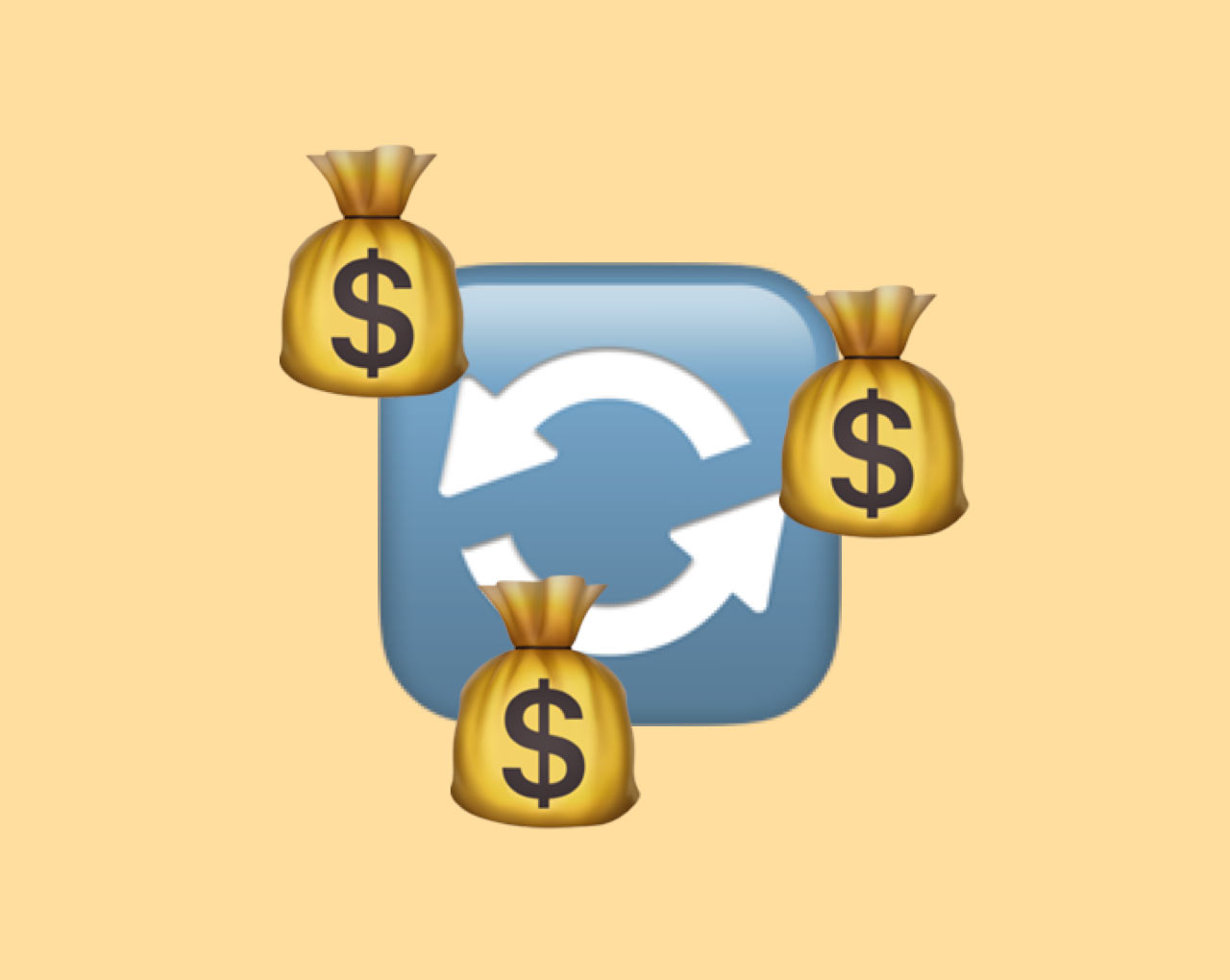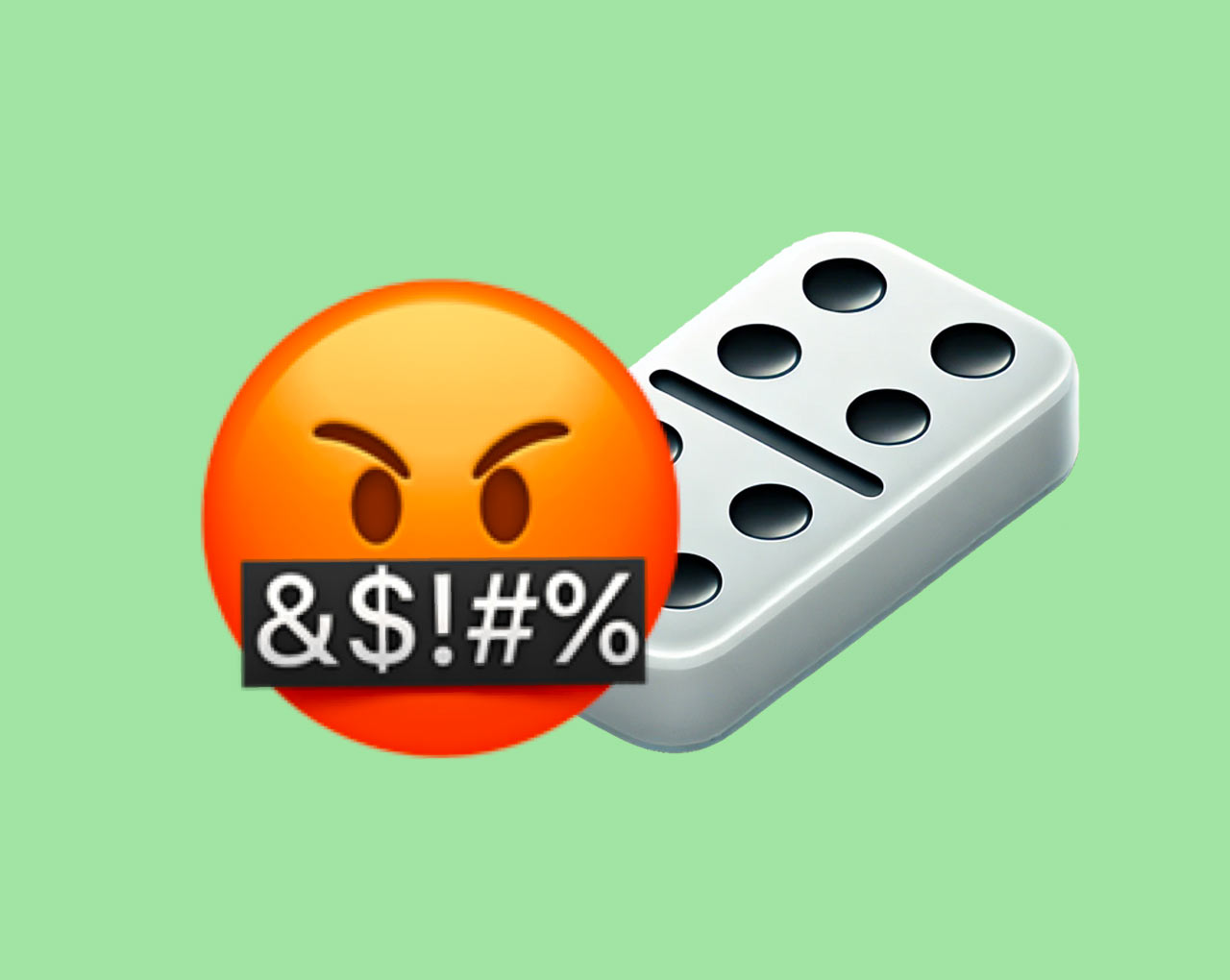For many companies, the sale of a service or product marks the end of the customer relationship – but this is only the beginning. There is a lot of potential in the after-sales area.
One important aspect of this is customer feedback, as feedback can be used to create real treasures and bring about continuous improvements. Used correctly, customer feedback can make a decisive contribution to the further development of products and services and sustainably increase customer satisfaction and sales.
The importance of customer feedback in after-sales
Customer feedback is more than just an opinion – it is a direct, unfiltered insight into how your target group perceives your offering. Companies that take this feedback seriously and integrate it into their processes not only benefit from stronger customer loyalty, but also from an improved reputation and more sales.
“Companies that respond to customer feedback are 26% more likely to achieve their sales and profitability targets. “
Gartner (2022)
Collect customer feedback effectively: Recognize gold mines
In order to exploit the full potential of customer feedback, it is crucial to collect it in a systematic and structured way. Here are the most common methods:
Surveys
Email surveys or feedback tools such as hypt are ideal for obtaining direct feedback on services and products. It is important that the surveys are short and precise, as the customer’s attention span is constantly decreasing.
Net Promoter Score (NPS)
The NPS is a proven method of measuring customer satisfaction and loyalty. Although it does not guarantee that customers will actually recommend the company to others, the simple question “How likely are you to recommend our product/service to others?” provides valuable insights into customer satisfaction and is considered an important indicator in many industries.
Social Media & Online-Review-Monitoring
Social networks and online reviews are real gold mines for direct and unfiltered feedback. Customers often express their opinions more freely here, which opens up additional perspectives. However, it becomes problematic on social media when something goes wrong and customers are dissatisfied – once on the internet, always on the internet.
Customer Service
Customer service is also a valuable source of feedback. Every contact with the support team provides information on where improvements could be necessary.
Market analysis
In addition to direct customer feedback, market analysis is also a decisive factor. By observing market trends, competitors and customer behavior, valuable insights can be gained that can contribute to the further development of products and services. This enables companies not only to react to customer wishes, but also to respond proactively to market developments.
Analyzing customer feedback: Turning data into gold
Collecting feedback is only the first step. The real value lies in analyzing the data obtained in order to identify clear areas for action. However, companies are often overwhelmed by the wealth of feedback and do not know how to evaluate it.
Categorization of feedback
Sort feedback according to categories such as product features, pricing or user-friendliness. This allows you to recognize patterns more quickly and respond to them in a targeted manner.
Quantitative and qualitative analysis
Quantitative feedback, such as the NPS, provides immediately measurable data, while qualitative feedback provides deeper insights into individual opinions. Both perspectives are important and complement each other perfectly.
Trend analysis
Track feedback over a longer period of time to identify recurring themes and trends. If certain complaints or suggestions accumulate, these should be prioritized.
“Companies that continuously collect and implement customer feedback can increase their customer satisfaction by up to 20%, which leads to a significant improvement in customer loyalty.“
McKinsey (2023)
Implementing customer feedback: From prospecting for gold to product refinement
After the analysis comes the implementation. Here are a few tips on how you can successfully turn customer feedback into improvements.
Prioritization of measures
Not all feedback can be implemented immediately. Prioritize measures according to urgency and available resources.
Prototypes and tests
Before implementing major changes, it makes sense to develop prototypes and test them on a smaller scale. This allows the acceptance and effectiveness of the measures to be evaluated.
Transparent communication
Inform your customers about the changes you have made. This shows that you take their feedback seriously and strengthens their trust in your company.
Continuous improvement process
Customer feedback should be regularly reviewed and implemented. This way, you will always be up to date with the needs of your customers.
Check the relevance of the feedback
Not all feedback is relevant and it is impossible to satisfy every customer. Focus on the feedback that brings the greatest added value for the majority of your customers.
Targeted changes
Only tweak one thing at a time. If you make several changes at once, you won’t know which of them actually had the desired effect.
“93% of customers say that they feel more loyal to a company if the company actively responds to their feedback. “
Hubspot (2023)
Successful examples: Amazon & Netflix
Based on customer feedback, Amazon introduced the “1-Click” purchase option to simplify the checkout process. This change allowed customers to complete orders with just one click, making shopping much easier and increasing customer loyalty.
Netflix uses customer feedback and data analytics to continuously improve its recommendation algorithms. The personalized recommendations based on this feedback have optimized the user experience and led to increased subscriber loyalty.
Long story short
Just because your customer has signed a contract doesn’t mean the job is done. Customer feedback is a powerful tool that companies should use to continuously improve their products and services. Targeted collection, precise analysis and strategic implementation of customer feedback can not only increase your customers’ satisfaction, but also ensure the long-term success of your company.





